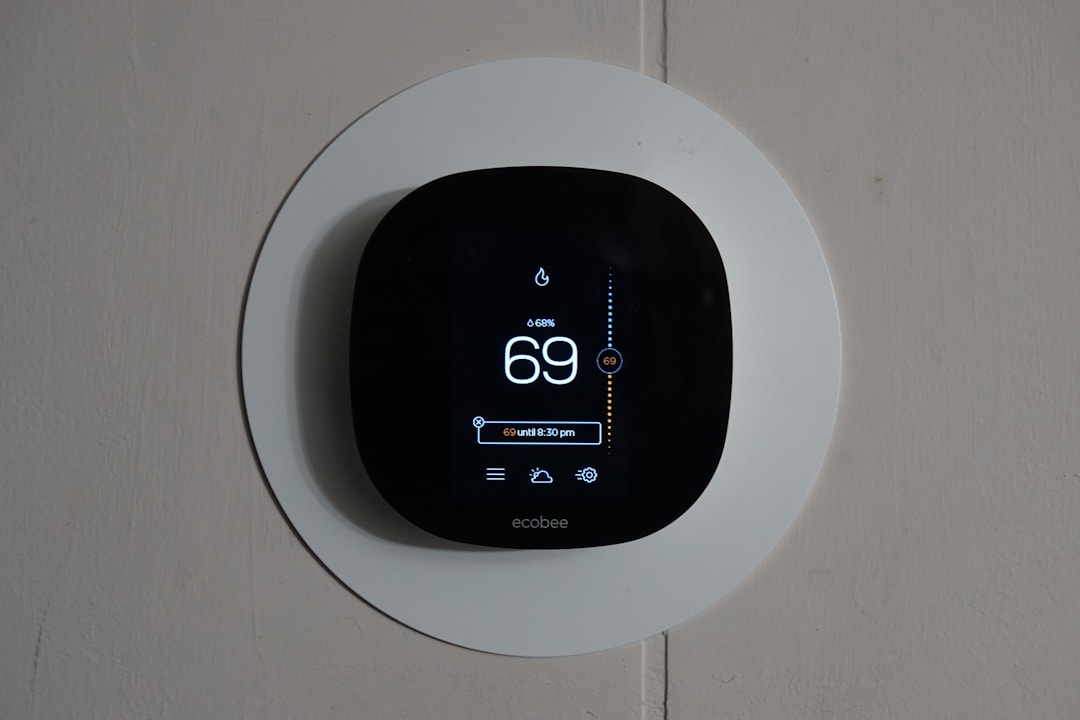Being a homeowner comes with a lot of responsibilities, many of which will be unfamiliar to those who have been lifelong renters. One thing you’ll definitely need to learn how to do is take care of your HVAC system. However, it can be difficult to understand what you need to do and when you should call for professional help. A lot of people assume that they can handle minor repairs or installations on their own, but that isn’t always the case. If you’re on the fence about a new thermostat, keep reading to learn whether or not you should consider replacing your existing thermostat yourself.
Should you replace your thermostat yourself?

You may be wondering if it’s possible to replace your existing thermostat yourself. While having a professional replace your thermostat may seem like a lot of work, it’s often the safest option, especially if you don’t have any training in electrical or HVAC repair. Anyone who tries to take on the task without the requisite knowledge could be risking a number of serious consequences like an electrical shock, blowing a circuit breaker, or damaging the unit. For most people, the small amount of money that could be saved isn’t worth the potential risks.
If you’re having your thermostat replaced, it may be a good idea to consider upgrading to a smart thermostat. A programmable thermostat can often be operated online or through a smartphone app, which gives you even more control over the temperature in your home. Many systems will also allow you to cool your home by zone or set different temperatures in different parts of the house. Being able to use your HVAC system only when you need it can cut down significantly on your energy costs, making a smart thermostat a good decision for both your quality of life and your finances.
How can you tell when your thermostat isn’t working?

There are several warning signs you should keep an eye out for when it comes to your thermostat. One major red flag is being unable to operate your HVAC unit. When you’re unable to turn your heating and cooling system on and off, it’s likely that your thermostat isn’t sending the proper signals to your HVAC system. If you’re experiencing this type of disruption, you should have a technician come inspect your thermostat as soon as possible.
A malfunctioning thermostat will also often cause your HVAC system to cycle on and off. This will result in overwork and increased energy consumption. You’ll be able to tell that this is happening primarily due to ineffective heating and cooling in combination with suspiciously high energy bills. You may also notice inaccurate temperature readings, meaning your home will feel warmer or cooler than the temperature displayed on your thermostat.
Your thermostat’s age can also be an indication that it needs to be replaced. Experts suggest that thermostats become more vulnerable to damage after about seven years. After that, a replacement should be considered. If you want to extend the lifespan of your thermostat and your HVAC system, it’s essential that you’re proactive about preventive maintenance and repairs.
Your thermostat is an essential part of your HVAC system, so you should definitely keep an eye out for any warning signs that something is wrong. A sudden increase in your energy bills, inconsistent indoor temperatures, and age can all be indications that it’s time to replace your thermostat. You may even want to upgrade to a smart thermostat to cut down on your energy costs in the future. While DIY home repairs can be a great way to save money, you should leave technical repairs that involve messing with your electrical or HVAC system to the professionals.
